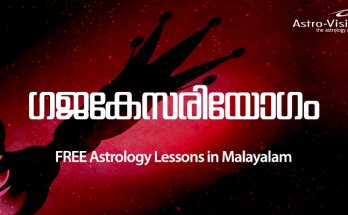Vedic astrology is primarily divided into three parts:
1. Hōra 2. Siddhāntam 3. Samhita
- Parāśari: This is the most popular method. As it uses elaborate mathematical processes it can provide extremely accurate forecasts on the basis of horoscope.
- Jaimini: This highly complex system is based on small verses. The fact that each verse can be subject to completely different interpretations renders this system a challenge to learn.
- Tajika: This system is used to make yearly predictions.
b) Praśnam: This method is very similar to the study of natal horoscope. Natal Horoscope is based on the planetary disposition at the time of a person’s birth, whereas Praśnam is the forecast from a horoscope prepared on the basis of the time when a person raises a question.
c) Muhūrta: It is the method of selecting suitable time to start or do any activity.
d) Nimitham: These are forecasts based on the omens and signs at a particular point of time. Some consider this as a part of Samhita.
2. Siddhāntham: This is actually mathematics. This involves complex mathematical processes including calculating the position of planets and stars on the basis of their motion and other relevant factors.
3. Samhita: This is the study of natural phenomena like floods, earthquakes, volcano eruptions, rains, climate, and comets. Astrologers can predict the strength and consequences of such events using the principles of the Samhita.









7 Comments on “Classification of vedic astrology”